Logitech G Pro X 2 review: new sound glory
It takes more than a comfy fit and clear comms to join the ranks of the best gaming headsets. Serious players also expect their cans to deliver epic audio, which is why the Logitech G Pro X 2 has made the jump to graphene driver cones. The super strong yet super light material promises lower distortion and exceptional detail levels compared to traditional speaker drivers, so (in theory) no in-game enemy should ever be able to sneak up on you unheard again.
The original G Pro X was hardly a sonic slouch though, so Logitech has added some extra connectivity options to sweeten the deal. It’s also packing microphone filtering tech inherited from the firm’s Blue sub-brand, and DTS Headphone X virtual surround sound. But at $249/£249/€269 this is still a pricey upgrade. Do only esports pros need apply?
Design & build: test of metal
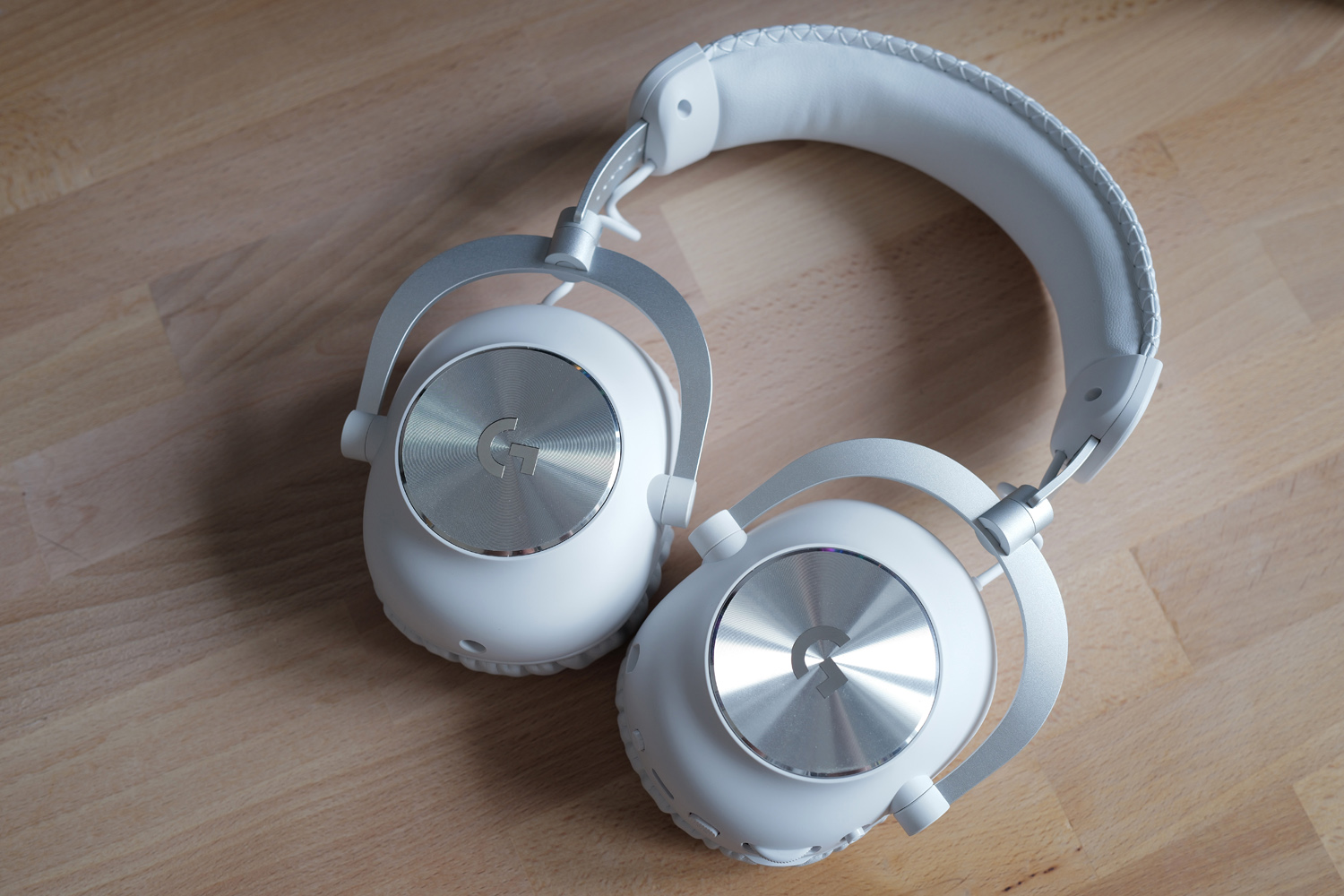


This new-gen headset might look very similar to the outgoing Pro X Wireless, but Logitech didn’t just slap new hardware inside that headset and call it a day. The Pro X 2 has been streamlined in all the right places, with a slimmer metal headband and ever-so-slightly smaller ear cups. That’s helped it shed a not insignificant 25 grams of weight, without compromising an iota on build quality.
By ditching fixed-angle yokes in favour of ones that swivel, comfort has taken a big step up. Even if you wear glasses, the ear cups now stay firmly in place, without applying too much pressure to your head. They can also sit flat to your chest when hung around your neck now; we’d usually take the old headset off completely when not using it, but could happily keep this one on all day.
There’s plenty of memory foam inside each ear cup, and the leatherette-wrapped headband is well padded as well. There’s also a pair of cloth-wrapped ear pads included in the box, if you value breathability over sound isolation – they’ll keep your ears from getting sweaty after an extended play session.
Whether you get one in black or white colours, the Pro X 2 is a slick-looking headset. The Logitech G branding is subtle and the boom mic is detachable, so we were more than happy to wear it in public while paired to our smartphone.
Features & battery life: get connected

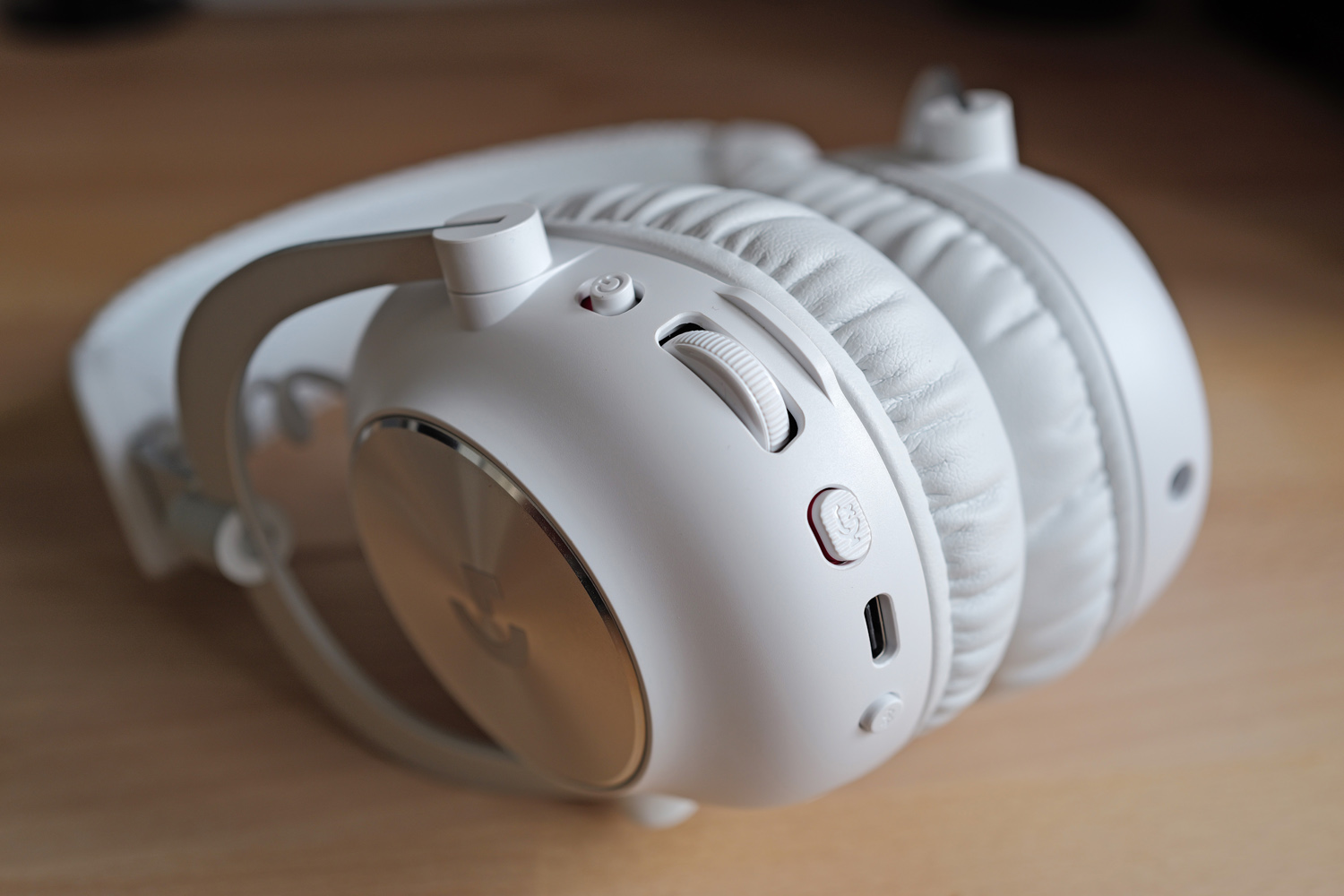
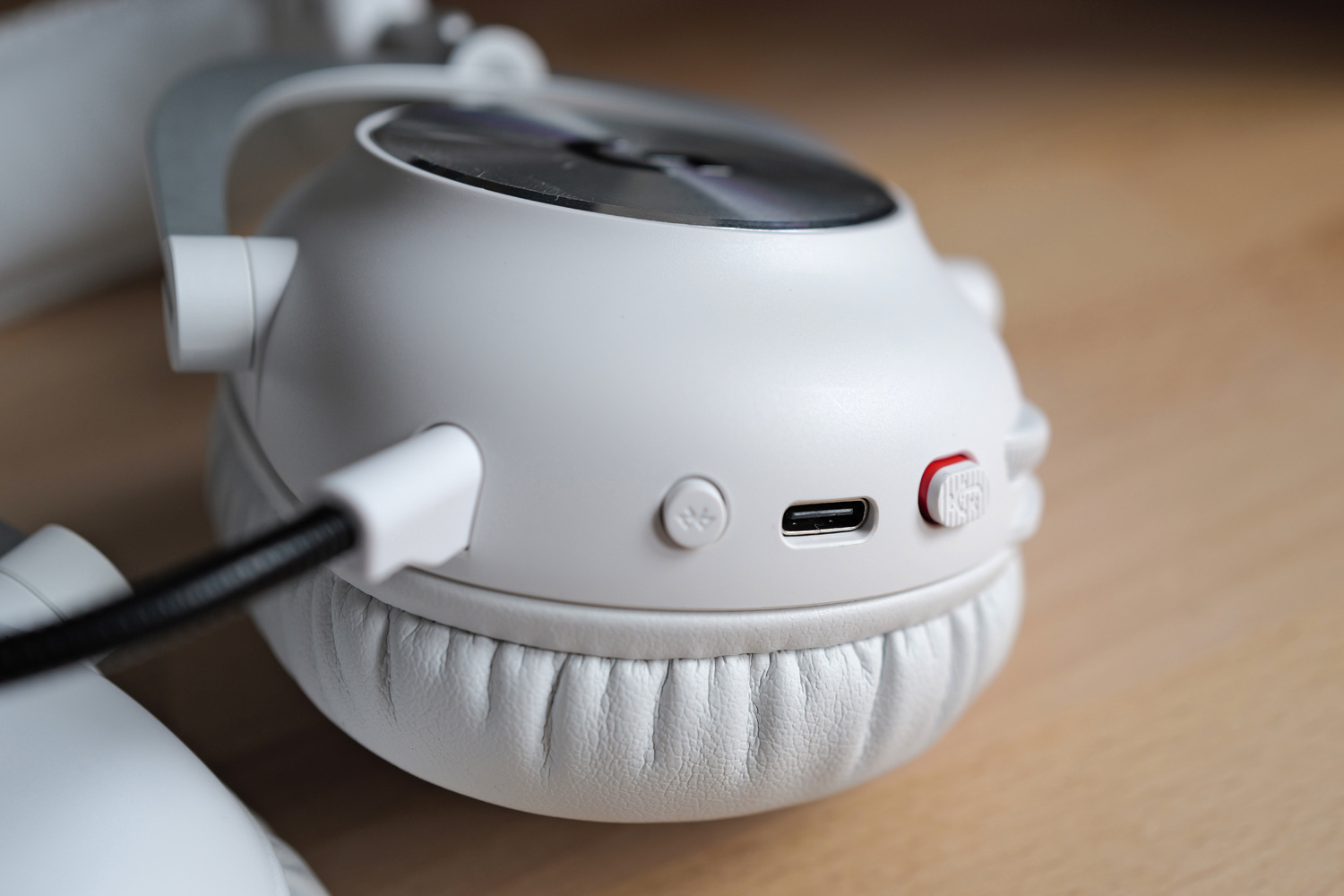
The old Pro X Wireless forced you to use Logitech’s Lightspeed dongle; if your device didn’t have a spare USB port, you were out of luck, as the headset couldn’t play audio over USB and had no analogue input. That all changes for the second-gen model, which gains both Bluetooth and a 3.5mm port. This means it’ll play nicely with phones and tablets, handhelds like the Nintendo Switch and Steam Deck, and games consoles as well as your gaming PC.
There’s even a 3.5mm port on the dongle now, for simultaneous audio from a second device. If you want to stream songs from your phone while playing PS5, the Pro X 2 has got you covered.
Otherwise all the buttons and ports are found on the ear cups. Power, volume, microphone mute and Bluetooth pairing are on the left, along with the boom mic port, and the 3.5mm aux input is on the right. A subtle LED underneath the power switch glows green for a few seconds if there’s more than 10% battery remaining, red if there’s less, and blue when pairing over Bluetooth. A quick press of the Bluetooth button swaps between Lightspeed and Bluetooth, so you can take calls on your phone then get straight back to your game.
Logitech’s 50 hour battery life estimate is, in our testing, a gross underestimate – we comfortably saw 70 hours of music playback at sensible volume levels using the 2.4GHz connection. That was enough for a full week of evening gaming sessions without needing to plug in, and a healthy bump over the first-gen headset’s 20 hour lifespan. The HyperX Cloud Alpha remains the battery life champ, but the Pro X 2 is up there with some of the best gaming headsets for longevity.
Software: ripe for tweaking
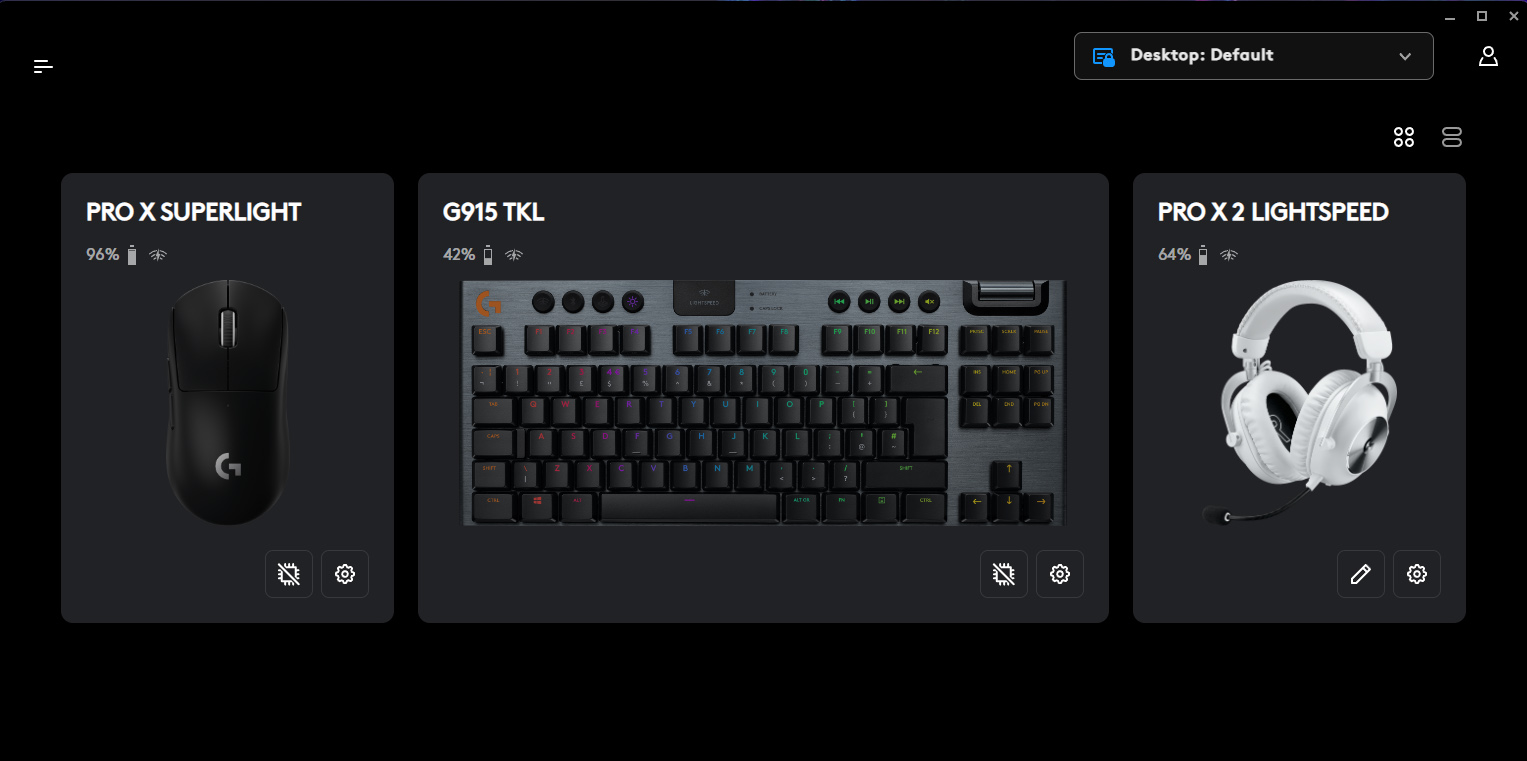


The Pro X 2 Wireless slots neatly into Logitech’s well-established G Hub software, which you’ll likely already be using if you have any existing Logitech G gaming gear. With no RGB LEDs to customise the options are pretty straightforward, letting you adjust the headphone EQ, enable DTS Headphone X 2.0 virtual surround sound, and add voice effects to the microphone.
Out of the box the headset is set to the Flat preset, which is fine for music and movies as well as games, but you can swap to Communications for clearer voices, Bass Boost for added low-end rumble, or FPS for more precise footstep sounds. There’s also a MOBA preset that’s meant to make warning pings easier to hear, or you can have a go at making your own using the five-band EQ. We tried each one out but gravitated back to the Flat setting for pretty much all our gaming.
On the mic side, Logitech’s Blue Vo!ce software can add some extra timbre to your chat or soften the higher frequencies so your teammates can understand you clearly. That said, we thought recording quality from the 6mm condenser microphone was merely OK – the Razer BlackShark V2 Pro and its larger, pop shield-protected mic is still our pick for clear communication.
Sound quality: an ear for detail



It’s the listening experience that truly elevates the Pro X 2, courtesy of those 50mm graphene drivers. The seriously tough but feather-light material replaces the mylar drivers found in the last-gen model, and are much easier to drive. They bring greater accuracy across the frequency range, while also lowering audible distortion when you crank the volume. Logitech reckons graphene will eventually become the standard for all headphones, but right now it’s still a rarity – a bit like how carbon fibre used to only show up on hypercars costing millions, but is now found in family hatchbacks.
In high stakes shooters like CS:GO and Escape from Tarkov, the individual audio elements are given plenty of room to breathe, so gunfire, footsteps and breaking glass are all wonderfully impactful, but they always avoid stepping into harsh or sibilant territory. The original Pro X Wireless could go a little overboard on the high end, while also stripping back on bass just a tad. That’s reversed here, with some extra low-end oomph and more relaxed upper frequencies – and yet in-game sound effects still have greater presence here. The mid-range retains plenty of warmth, so the headset is as suited to music and movies as it is to games.
Differences between this and rival headsets are subtle, rather than night-and-day, but the overall clarity is still mighty impressive. Competitive gamers will take any advantage they can get, so a little extra precision goes a long way.
There’s a suitably wide stereo soundstage, with in-game audio elements clearly placed even before you turn on DTS X spatial sound. It’s not as well-suited to music, sometimes splitting instruments between virtual channels when it should’ve instead left them alone, but is easily toggled on and off through the G Hub software.
Logitech G Pro X 2 verdict
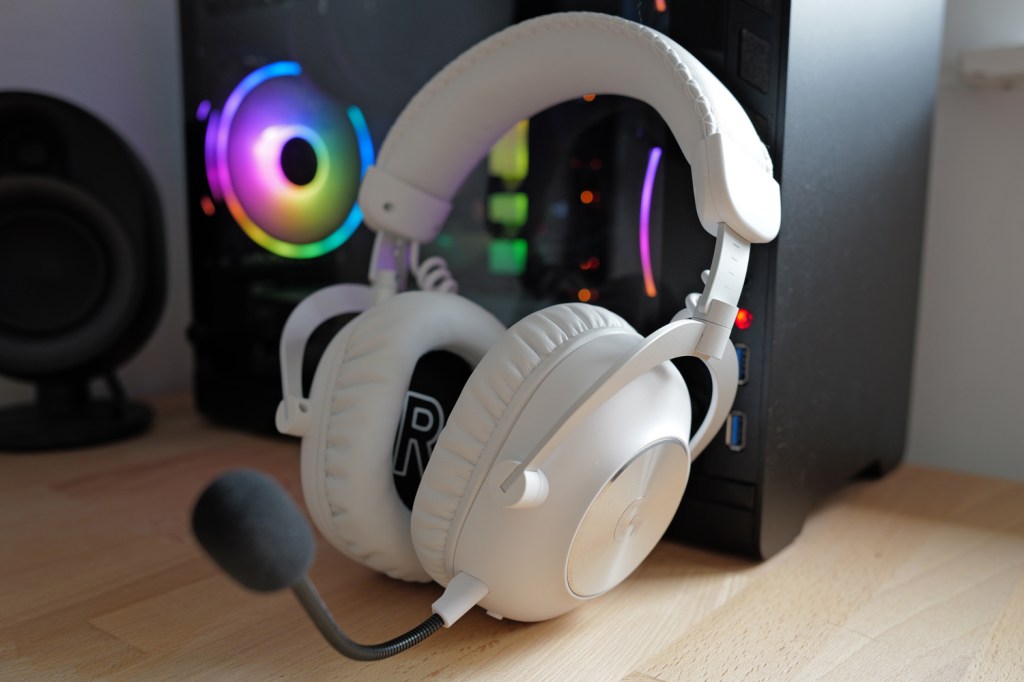
Plenty of gaming headsets go big on bass, or ramp up the high-end in search of detail – and not always to good effect. The Logitech G Pro X 2 doesn’t need to do that, but still delivers a wonderfully crisp and detailed sound that’s ideal for competitive gaming. Even casual players will appreciate the nuanced audio, and the extra connectivity gives it a comfortable lead over the previous-gen model.
It has a modest edge over over gaming headsets that use traditional speaker drivers, and the boom microphone isn’t going to replace a dedicated desktop mic. It’s not cheap, either. But as multi-platform wireless headsets go, it’s comfortably up there with the very best.
